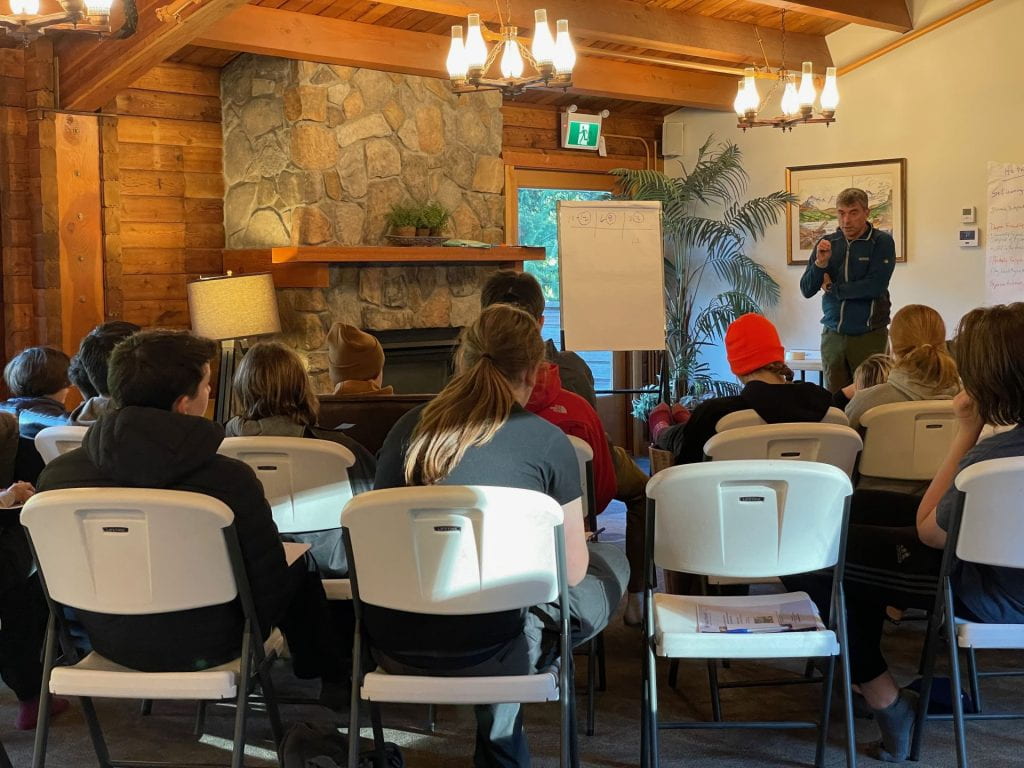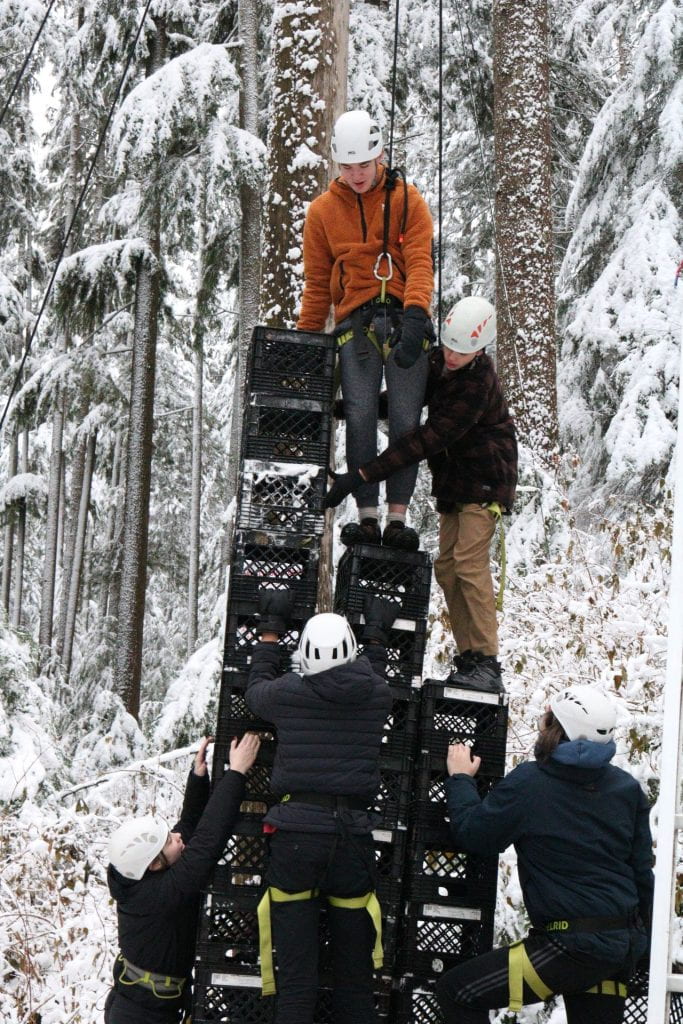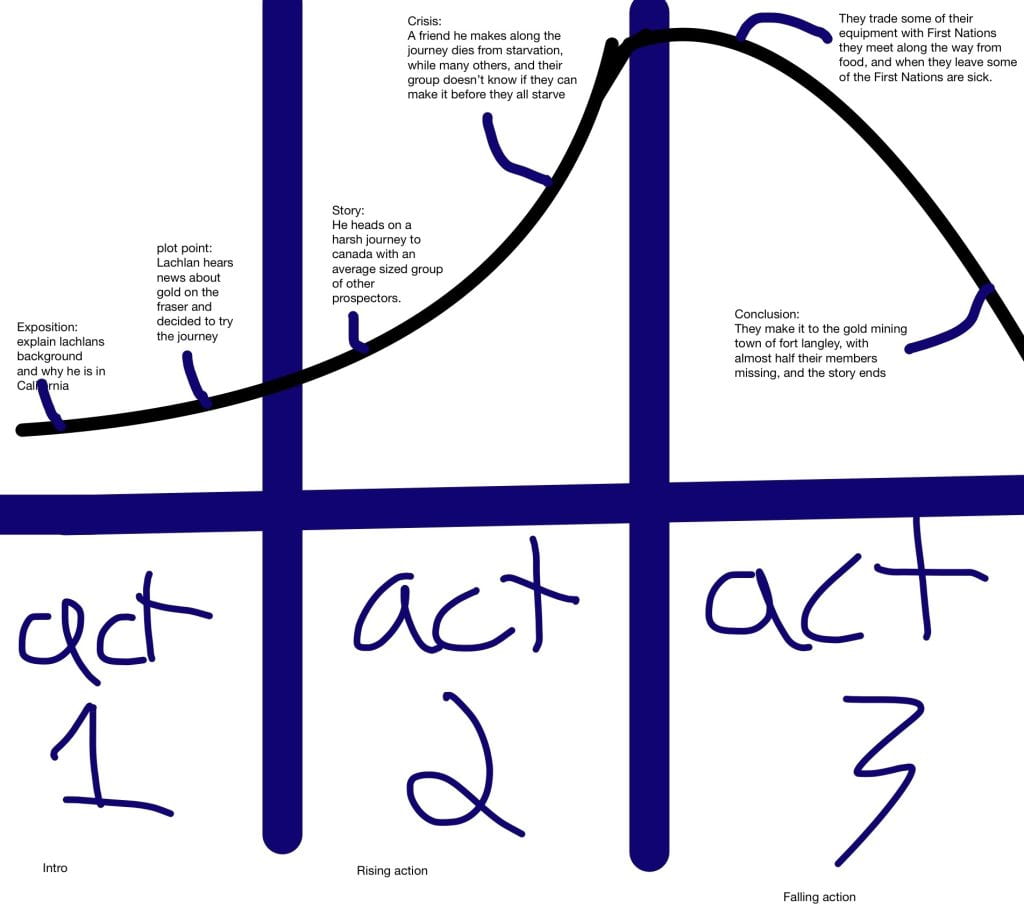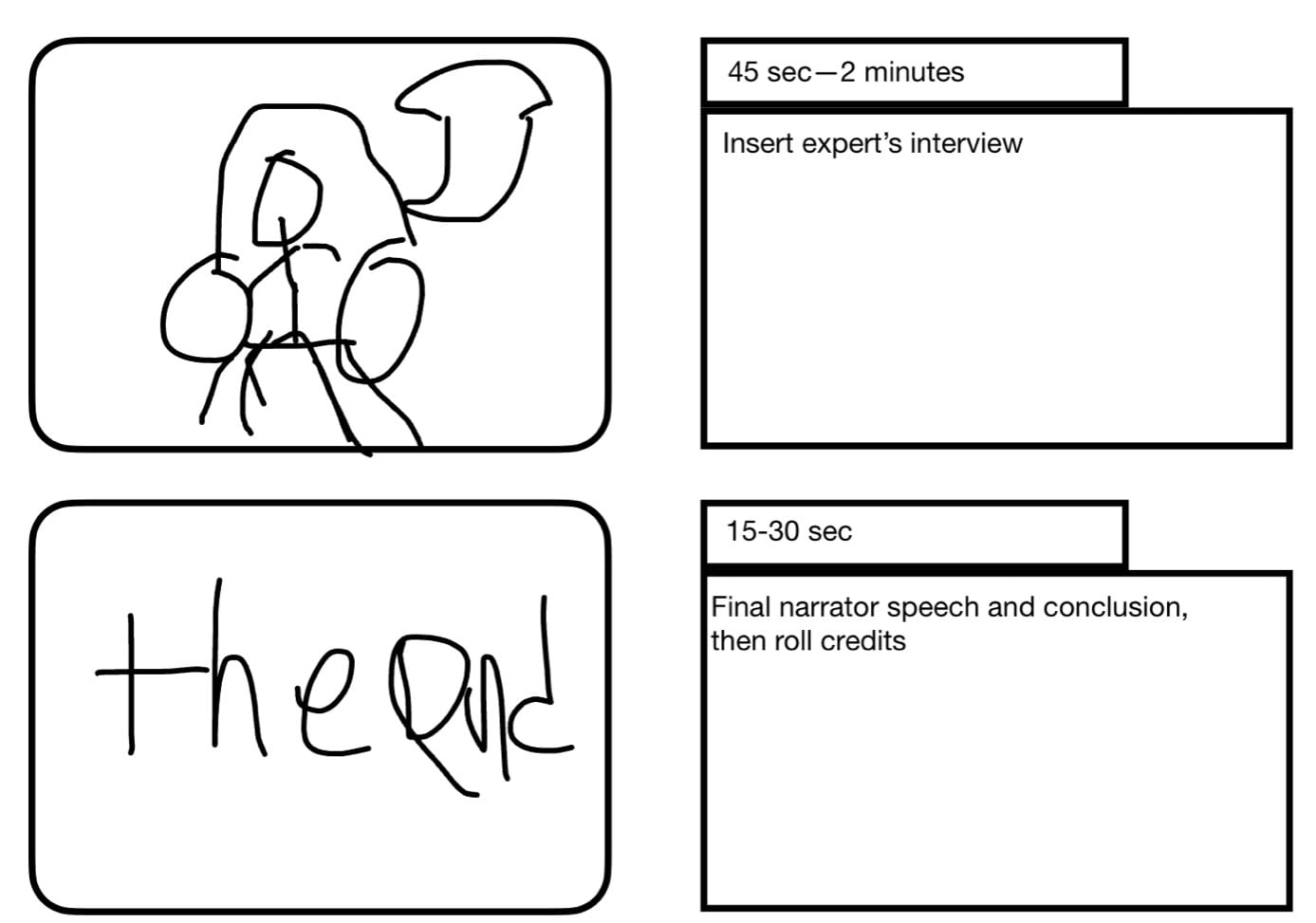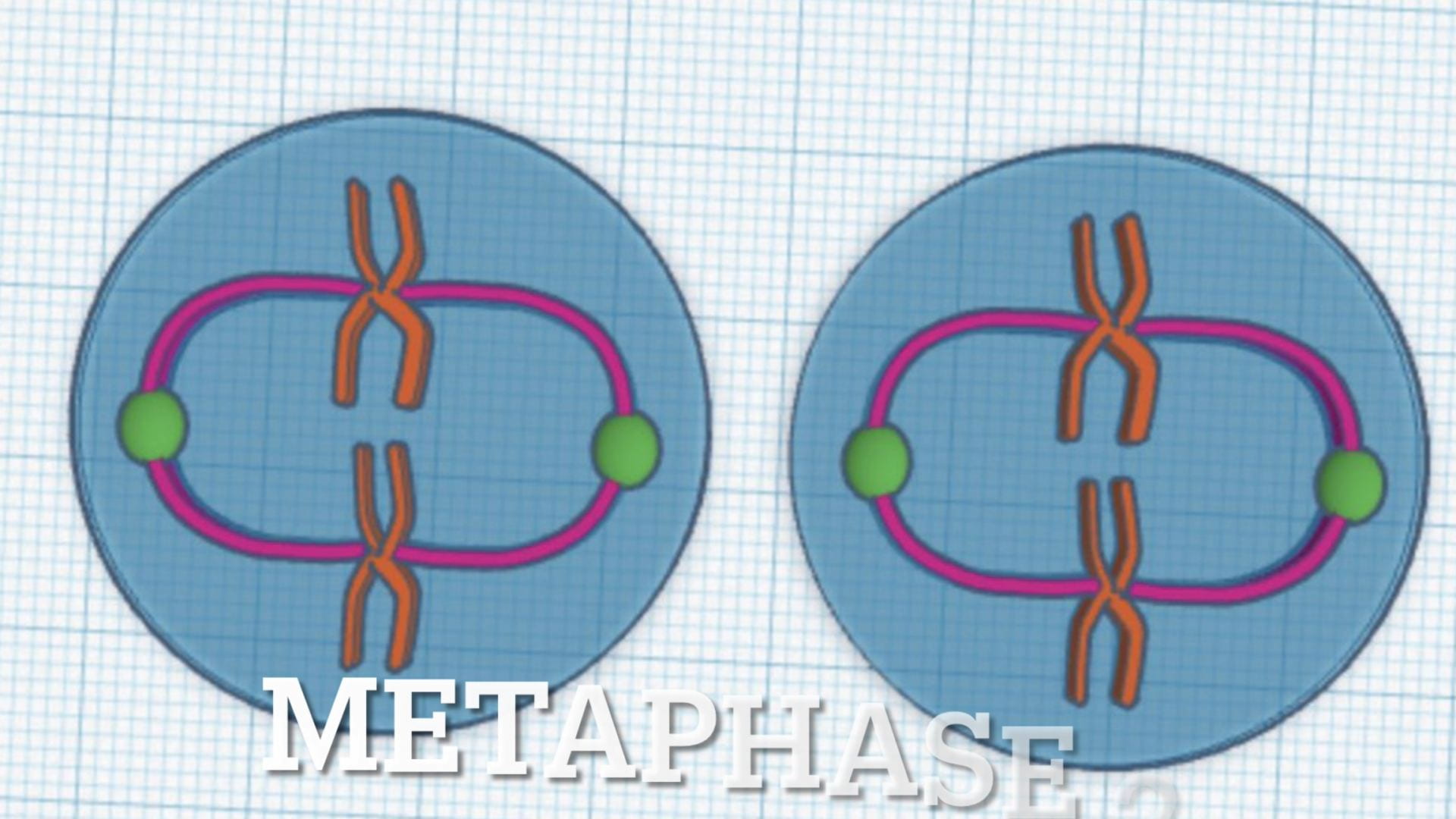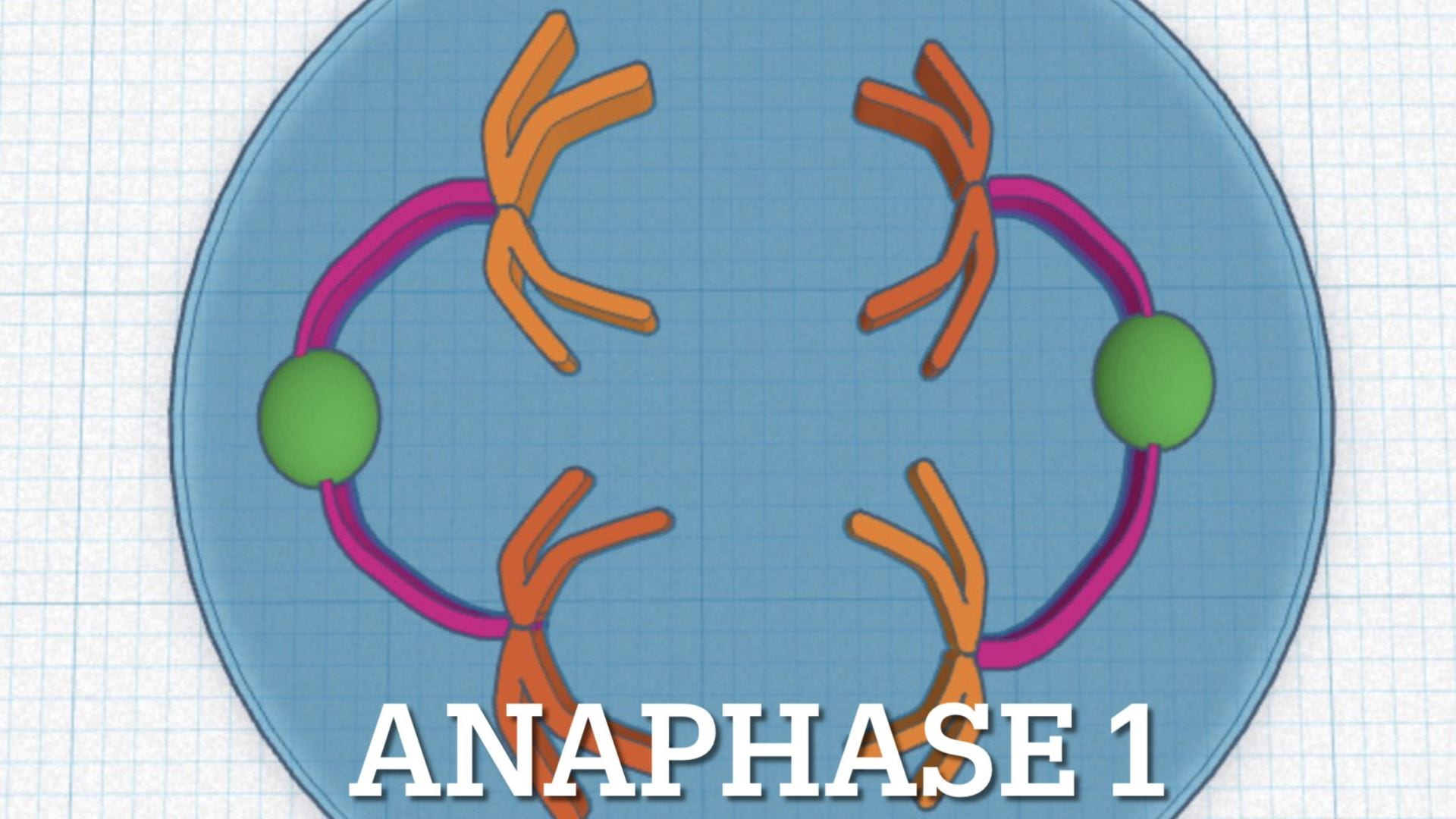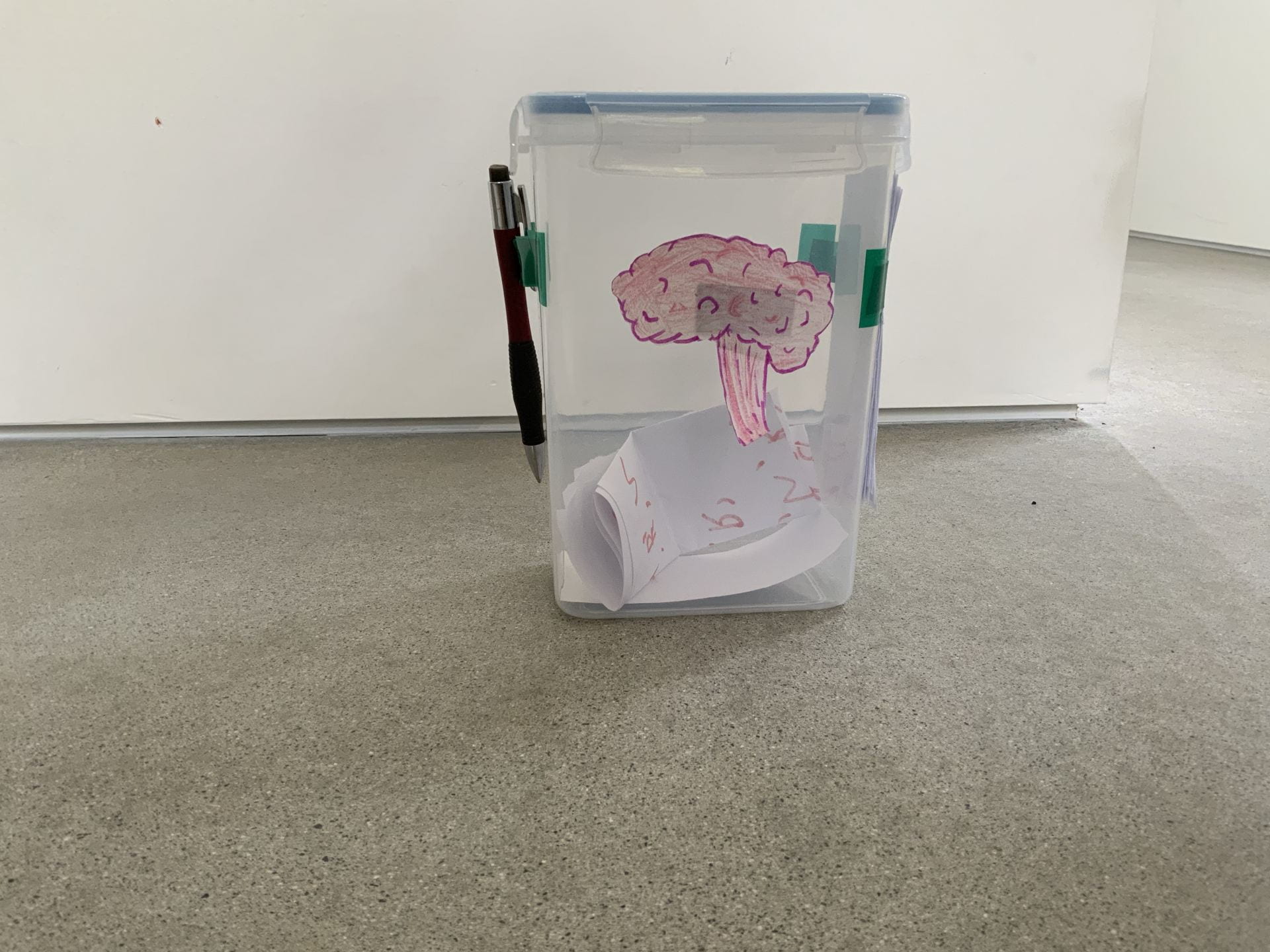Hello, and welcome to my latest blog post on the project Oology of Apology. The driving question for this project was: “How can we keep apologies for past wrongs alive so they are remembered – and not repeated – today?” So, without further ado, here is the post.
The first assignment was a written reflection on a documentary we watched about Canada’s history. This activity served mostly as a taster of what is to come, and only really scratched the surface of Canada’s rich history.
“The most interesting takeaway I have from this video is how much rich history about minorities Canada is built on. The transgression that stood out to me the most was about Chinese people building the Canadian Pacific Railway. They were forced to build it on a very difficult and dangerous area to build on, despite having a much safer option that is more costly. This really showed me how brutal life could be in those times and what people were forced to do to build the Canada we know today.”
As we learned more about Canada’s history, we talked about the Ukrainian internment, and whether it was a just course of action or not.
https://www.craft.do/s/9g1sgtlpJOg9d0
And then we did the first keystone. This was a keynote presentation about one of three events: the komagata maru, Chinese head tax, or Japanese internement. I chose Komagata maru and ended up with this:
https://www.icloud.com/keynote/04cyCwXUZhwvpBxmOnQA7a6Kw#Komagata_Maru_Keynote
The next keystone was a written script for and audio file about your given incident. It was also accompanied by a recorded reading of the script.
Script
Introduction:
Almost every country or civilization has had injustices towards their own people or outsiders in their history. Today l’II talk about one from Canada’s past: the Komagata Maru incident. This story takes place just before World War One, and shows the journey of a large steamship that helped change the Indian public opinion against the British.
Body:
Our story starts in 1908, when the continuous journey regulation laws were put into place, which prevented immigrants from many foreign countries coming to Canada unless they didn’t stop in any other countries along the way. this rule mainly restricted minorities from entering canada, but in a way that didn’t specify exclusion based on race. 6 years later, and the year is 1914, and the steamship Komagata Maru arrives in Vancouver, BC. However, upon entry, it is held offshore because of a violation of the continuous passage regulation. While this violation was disputed in court, the ship was held offshore for two months while the passengers barely scraped by on the little food and water they had. Then, the courts decided they were in violation of the law, and threatened to sink the ship if it didn’t head back to India. The ship was escorted out of port by the HMCS Rainbow, a British military cruiser. Once they arrived back in budge budge, an Indian city, disgruntled and starving, their was an altercation between British authorities and passengers, and shooting broke out, leaving 22 dead, including 16 passengers. These 16 deaths, and the opportunities lost for the passengers, are under partial responsibility of the Canadian government, and these passengers only received an official apology from the Canadian government nearly a century later, and never received compensation for their hardship.
Conclusion:
This incident paints a picture of Canada being an anti immigrant country, which is a far cry from the Canada we know today. From the racist policies to the casualties of the passengers, the komagata maru had an extremely rough journey, made this way becuase of our government. My final opinion is that the actions of the government were, and are, unjust, because of the racist actions our government made, like sending the Komagata back because it violated an already racist policy and keeping them in very inhumane conditions for months. But, everyone has their own opinion, so I encourage you to read more about the Komagata Maru and other injustices in our past.
And then, the final culmination of our learning from the project, the monument about the incident. My group decided to make ours a diorama of a ship (the komagata) being held between two countries by large guns.
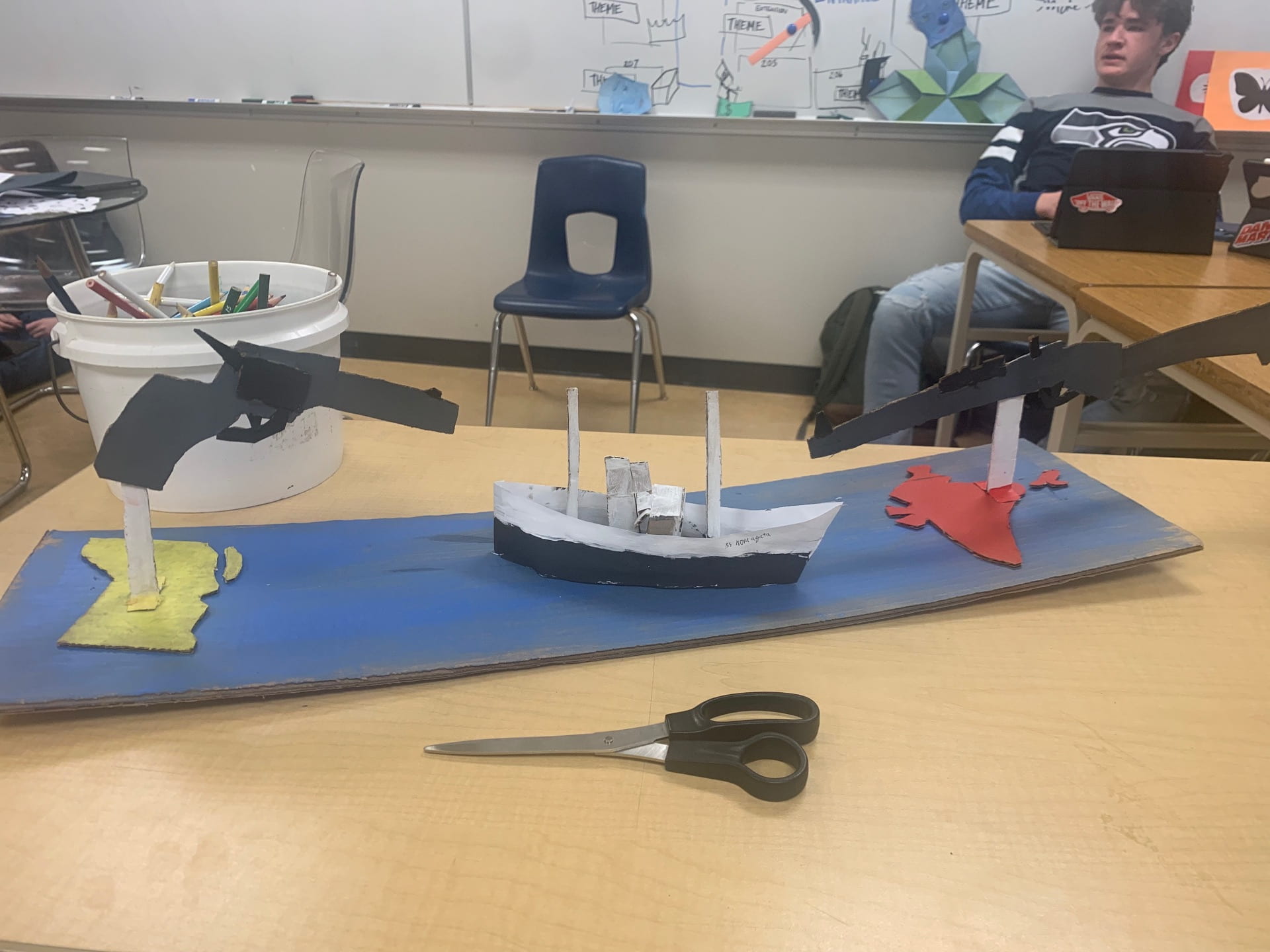
We presented our monument at the PLP Winter Exhibition in the militarism section. Me and my group explained what it meant and it’s connection to militarism. The theme was the movie Avatar, and everything eventually connected to it.
Overall, I feel that this project has helped teach me a lot about how we can memorialize past wrongdoings using monuments and apologies.

